The live broadcast
“We basically waited for twenty minutes while the plane climbed. It was a very long countdown. The mini-cams only have a certain range and every time the plane turned it pointed the transmitters away from us and the pictures would come and go. Or we'd lose the ability to switch them. That was done by a separate team so I'd have to call for the camera to be switched before we could cut to it on the vision mixer.
I had my shot list. Amongst all this it had to look good. It had to be the best shots in the best order. There was lots of discussion of how much we should cut to them dropping. In our rehearsal between every letter there'd be two or three shots from within the formation to give you atmosphere and to get a bit of action going on.
But as we went along we realised that as a viewer you just want to see them do the letters. Again it was working creatively, where we were cutting where we weren't cutting.
We added in a few shots. We added a camera on the green light which we hadn't used before. So I didn't know if it would actually go on when we cut to it. It was about getting the creative side right.
So many moments only lasted five seconds. They only took five seconds to climb out of the door. And if the signal to switch from camera 3a inside the aircraft to camera 3b took two seconds longer than last time then we might cut to it just before they let go and we'd be behind ourselves.
We get to a few minutes before on air and Dan, the ground controller, came back to me and said he's happy. It all looked good. And it just ran.
I got all the shots I wanted. We would've liked to have cut to the ground showing both the aircraft but we went to our back-up shot which was from one plane to another.
The only thing that would've killed us was that if the mini-cams weren't working properly. The ones on the jumpers you don't get a signal until they've left the aircraft so we didn't know if they would work.
Eventually the two guys stuck their feet out of the doors. We put little transmitters on their ankles to help improve our ground reception when they were upright and we started to get pictures from cameras five and six on the helmets. So we were looking good. I got images. They were rolling slightly. When you lose images it freezes for a few seconds then it refreshes.
My next big moment was would I get the exit shot the shot where the aircraft disappears as the jumper falls back? I'd probably only got that twice in rehearsals because of a transmission issue on the change of position. He starts upright but if he goes back slightly every transmitter is pointing in the right direction. But he flew steadily backwards and we got the great receding shot.
Then it was down to whether they'd get the letters. Apart from the very first jump they never failed to get the word Honda. They started doing the H, which worked. Then they did the O was a little skew whiff. Then the N took a while. And I thought, what if those guys don't make it? We'd worried so far about everything technical so we stayed on the top shot because we were so tense about whether they'd do it or not. But they did.
Once we were off air I cannot tell you the explosion. Everyone was whooping with delight. It had been a few days of real build-up.
The Honda “Difficult is worth doing” commercial is a North One production in association with 4 Creative.
Tim van Someren is a multi-camera director from London. His other television credits include The Friday Night Project, Lilly Allen and Friends, The NME Awards, Jamie's Fowl Dinners and Fear Factor.
.


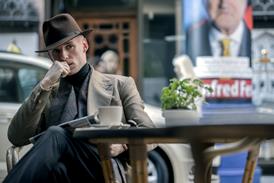




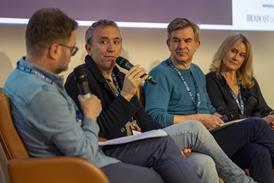
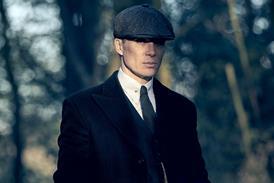
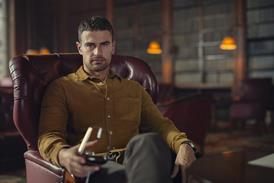

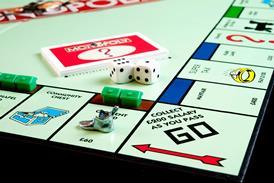
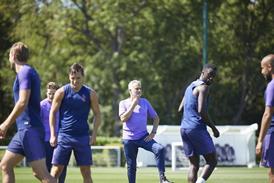

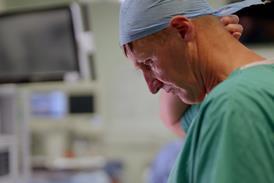
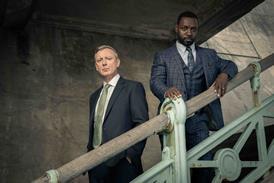
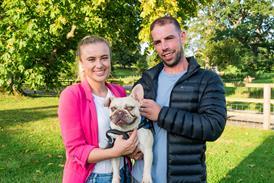












No comments yet